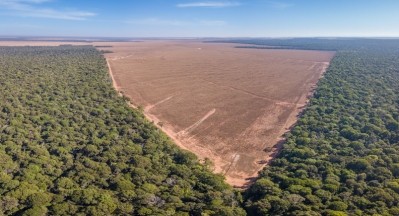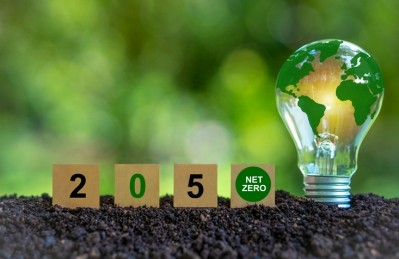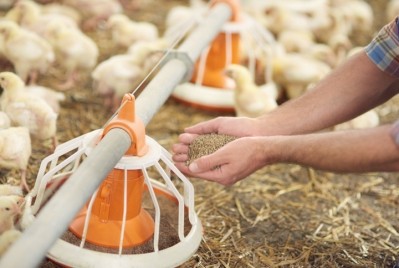Conversion-free soy is essential criterion in updated FEFAC guidance
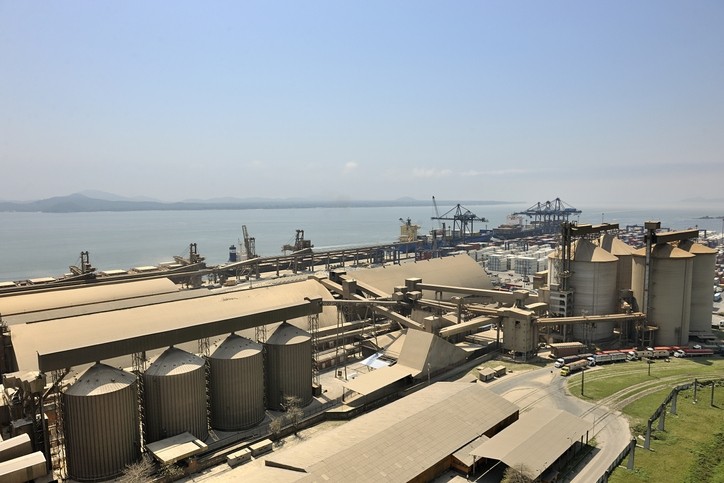
This means that in order for certification and verification schemes to pass the benchmarking exercise facilitated by the International Trade Centre (ITC) they must ensure certified soy has not been cultivated in converted natural ecosystems in line with the definition of the Accountability Framework Initiative (Afi) after a specific cut-off date no later than December 31, 2020.
Schemes and programs that were benchmarked against the 2021 version have been invited to apply against the updated 2023 version. Some of them have already initiated the process, said Anton van den Brink, deputy secretary general, the European Feed Manufacturers' Federation (FEFAC), in a social media post on the upgraded guidelines.
The trade group has also received interest from schemes not previously benchmarked.
FEFAC and the ITC said they hope they can confirm the first positive results of the benchmarking procedure in the coming months.
The organizations also stressed that 19 out of 20 schemes that applied for benchmarking against the 2021 version of the FEFAC Guidelines already included the desired criterion on conversion-free soy.
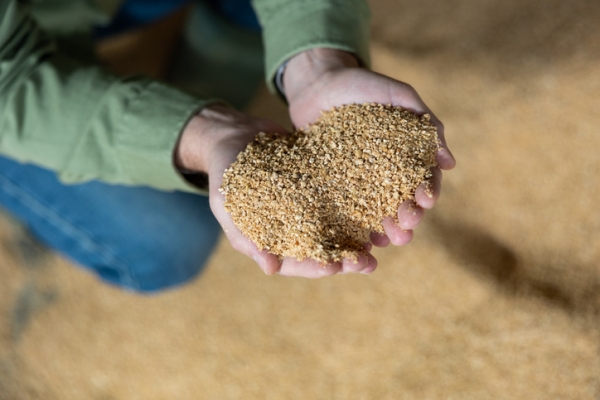
Under the revised guidelines, schemes still need to include at least eight of the now 18 desired criteria to pass the benchmarking process.
The ITC, which is a joint agency of the UN and the WTO aiming to foster inclusive and sustainable growth and development through trade and international business development, has already adapted the FEFAC webpage on the ITC Standards Map to anticipate the new benchmarking results. The move, it said, enables users to distinguish between benchmarking results against the 2021 and 2023 versions and provides transparency on which schemes are able to deliver satellite polygons to underpin the conversion-free status of certified farmers.
The Soy Sourcing Guidelines 2023 update cannot be considered as an EU Deforestation Regulation (EUDR) compliance tool, as too many operational questions about EUDR implementation remain unanswered, commented FEFAC president, Pedro Cordero.
However, verification and certification schemes that pass the ITC facilitated benchmarking exercise provide useful information to stakeholders in the soy value chain that are conducting a risk assessment and are looking to ensure they have the required documentation under the EUDR, pending further clarification via commodity-specific best practice guidelines to operators.
